Species Profile: The Ethiopian Wolf
Meet Africa’s most endangered canine, the Ethiopian wolf.
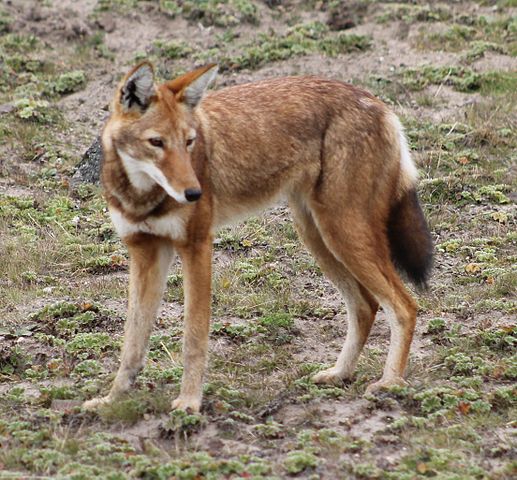
The Ethiopian wolf is native to the Ethiopian Highlands and is remarkably similar to the North American coyote in appearance, size, and build. This is a highly specialized wolf because unlike other canids (members of the dog family), it has a specific diet and habitat in which it thrives. It is one of five Canis species living in Africa.
They have a more slender build than the more popular gray wolf, its closest relative. This species has a bushy and relatively long tail, pointed ears, slender elongated snout, and long slim legs. They are easily mistaken for foxes and jackals.
You can recognize them with their tawny red fur, white underbelly and throat area, and black-tipped bushy tail.
Presently, it’s one of the rarest members of the canid family and it holds the position of the most endangered carnivore on the African continent. It lives in just 7 isolated enclaves and its population has been ravaged over the years by attacks from humans, habitat encroachment, disease, and interbreeding with dogs.
Humans are the only known predators of the Ethiopian wolf.
1) Scientific Name
Canis Simensis
2) Scientific Classification:
- Kingdom: Animalia
- Phylum: Chordata
- Class: Mammalia
- Order: Carnivora
- Family: Canidae
- Genus: Canis
3) Life Expectancy
Up to 10 years.
4) Average/Maximum Length And Height
The males of this wolf species are larger than the females by about 20 percent body mass.
Adults measure between 33.1 and 39.8 inches in body length, and 21 to 24 inches in height.
5) Average/Maximum Weight
Full grown males weigh 14.2 to 19.3 kg (31 to 43 lbs.), whereas the females generally weigh from 11.2 to 14.15 kg (24.7 to 31.2 lbs.)
6) Running Speed
Up to 30 miles/hour.
7) The Ethiopian Wolf And Humans
- Interaction with humans
This wolf lives in isolated enclaves that were originally well away from human activities. However, continuous population growth and the need to raise crops means agricultural activities are quickly encroaching on its habitat.
Gradually, they are becoming more and more restricted in their range.
- Danger to humans
They have no interest in humans and there is no record of one attacking a person. Rather, it’s humans that hunt them.
8) Reproduction Details
The mating season commences in August and lasts till November.
Males court the attention of the breeding female and she will only respond to the breeding pack male, or males from other packs. Conception happens almost immediately and the gestation period is approximately 60 days.
Their pups are born from the months of October to December and a typical litter will have two to six pups. Like other mammals, the pups feed on milk till they are weaned: in this case at about six months of age. Caring for the pups is a pack responsibility and every wolf chips in.
Young wolves reach sexual maturity at two years old.
Ethiopian wolves live in packs but they are solitary hunters.
9) Diet/Hunting Pattern Of The Ethiopian Wolf
Like other wolves, they live together in a social/family unit called a pack. But interestingly, these wolves prefer to hunt alone. Probably because their prey is so tiny. They feed almost exclusively on Afroalpine rodents, a kind of large mole rat.
These rodents live in honey comb like burrows in the ground and they are active during the day. The wolves will wait patiently for one of them to show up then it will make a quick dash at it. Sometimes, the wolves will dig out the burrows completely to find their prey.
Where there is carrion, this specie may feed on it but other canines like the African Golden wolf tend to chase it off. It does not interfere with livestock. As a result, farmers will leave their herd unattended even when they see this wolf around.
10) Alternative Names
- Abyssinian wolf
- Simien fox
- Simien jackal
- Ethiopian jackal
- Red fox
- Red jackal
- Abyssinian dog
- Cuberow
11) Population And Conservation Status
If there is one wolf species that could be going extinct soon, the Ethiopian wolf would be the one.
There are less than 500 of them in the wild today and that number includes their young. The continuous infection with disease from wild and rabid dogs, loss of habitat to humans, and breeding with dogs is a combination that spells doom for this species. Canine distemper is also a major problem for the group living in the Bale mountains.
The IUCN lists this wolf as an Endangered species.
The situation of this wolf is dangerous: there may be just about 500 of them left alive in the wild today.
12) Ancestry And History
Though there are no fossil records for this wolf, mitochondrial DNA analysis shows a closer relationship to gray wolves and coyotes than the other African canids. Experts suggest that the Ethiopian wolf may actually be a ‘leftover’ of an invasion of ancestors similar to the gray wolf many generations ago. These gray-wolf like ancestors likely came into northern Africa from Eurasia.
The present day Ethiopian wolf has adapted to its preferred prey, the burrowing rat, by developing an elongated head and long jaw when compared to its close relative the gray wolf.
For now, there are two recognized subspecies of this wolf: the northern Ethiopian wolf and the southern Ethiopian wolf.
13) Distribution And Habitat
This wolf species lives in seven isolated mountain ranges in Ethiopia. Mostly in the Bale mountains of southern Ethiopia. Other smaller groups live in the Simien Mountains, in the North Wollo and South Wallo highlands, in Guassa-Menz and the Arsi Mountains.
Modern day agricultural activities have restricted it to isolated pockets of Afroalpine grasslands and heathlands where the Afroalpine rodent thrives. Although they used to occupy areas like Gojjam and northwest of Shoa, they now extinct in both those place.
Where they are found, they live at alpine elevations of up to 3,000 meters (9,840 feet) above sea level. They live in moorland with low vegetation, short shrubs, and high concentration of the big-headed mole rat.
In response to the precarious and urgent situation of this wolf, it was awarded full official protection by the Ethiopian Government. Anyone caught killing it will serve a two-year jail sentence.
Though there are also other conservation efforts in place for the Ethiopian wolf, it’s clear that it now stands at the brink of extinction.

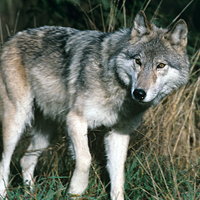
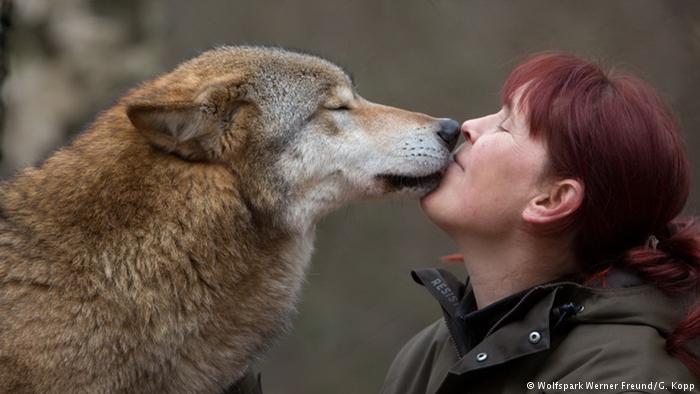
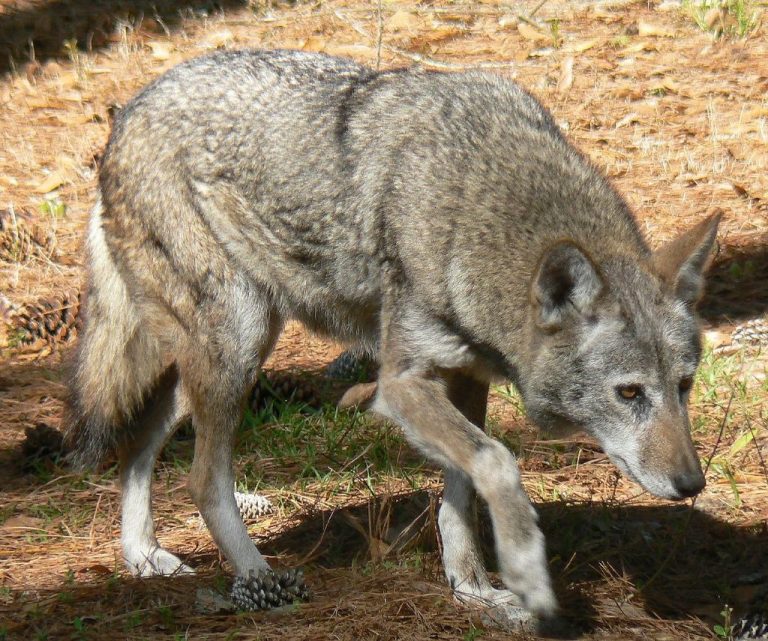
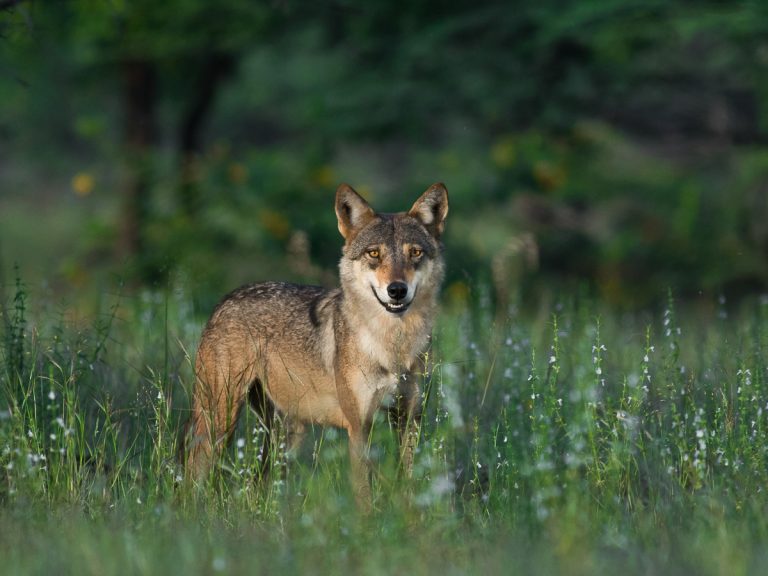
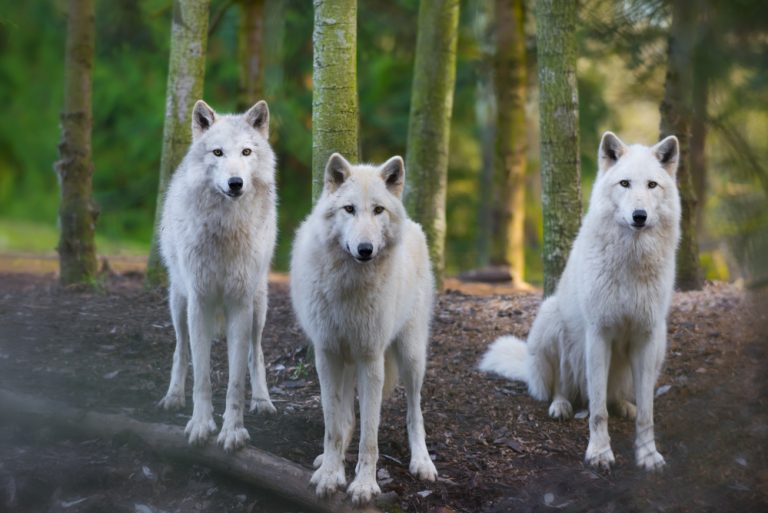
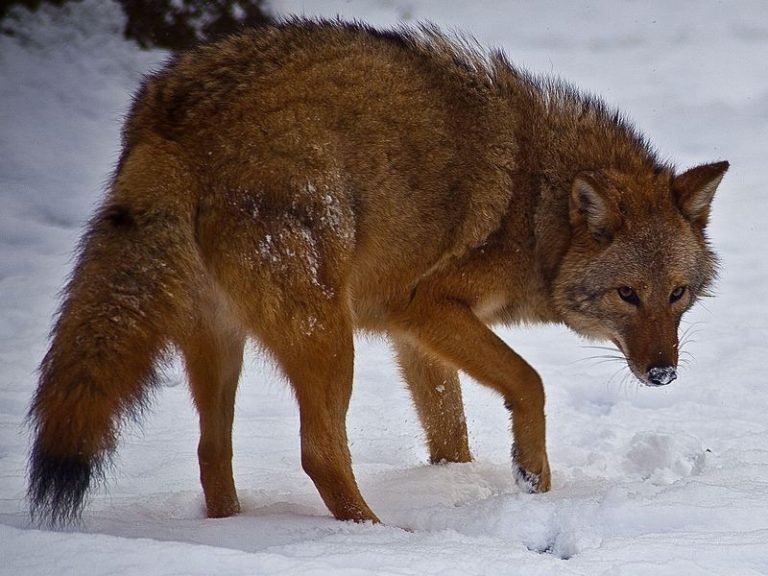
One Comment